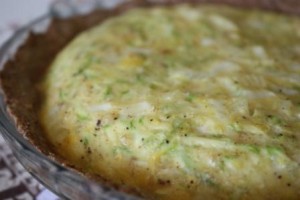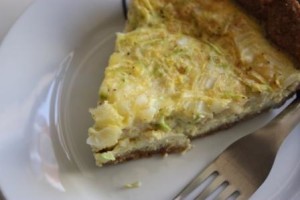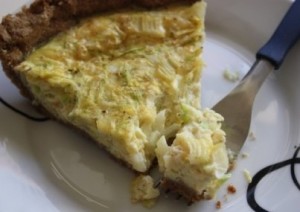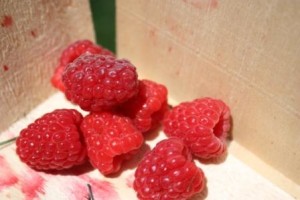Tuesday morning started out just like any other day. I went into the kitchen first thing, grabbed a coffee filter, added some of a my favorite Brazilian grounds, poured the water and pushed the red button. The button illuminated so I walked away to straighten up the kitchen then start up the computer.
A few minutes later I thought, “Hmmm, I don’t hear anything. More importantly I don’t smell anything.” I have a very inexpensive model of coffee maker I bought here and usually within seconds of pushing the “on” button the water starts to gurgle and a little steam is emitted from the top.
Still positive I went over and felt the machine. Cold. I checked inside and out for some sign of proper function, and started it again. Nothing. My calm, positive attitude slowly evolved into a bit of frantic thinking, and rattling and shaking the machine ensued.
Alas, the machine won. Less than two years old and it has bit the dust.
What to do, what to do. One option included buying a new maker for my last two months in Brazil. A possibility, but it seemed a bit wasteful. I could try to sell it upon moving or just leave it. The quality of small kitchen appliances here isn’t something you would want to ship home, trust me.
Sadly, investing the money in purchasing coffee every morning isn’t even an option here. There was no to-go coffee within the city until the McDonald’s started serving breakfast and selling it last October. I’ve had it a couple times and it is tasty and inexpensive, but it seriously takes a half hour to get the order here with your only bonus being it comes in a to-go. (That has been quite a big bonus, though, on some occasions.)
Then I started thinking. Well…I do have one more option which would eliminate the need for me to buy a machine or support the golden arches.
Meet my morning coffee maker.

Several months after living here I learned about the so-called “artisanal” way of making coffee. There are several cafes around our city that still make it this way for the public. I enjoy going there and watching the women behind the counter serve it to the men there for a quick cup in the morning while standing. Once my interest was peaked I bought the supplies and made it a few times for myself.
It wasn’t until we met with some new friends in Curitiba, that I learned that this style of making coffee is considered old school and artisanal. Apparently it is a lost art in many larger cities in southern Brazil. For comparison Curitiba is a city of almost 2M and Maringá has about 300K. Not so small in the US, but small by Brazilian standards when you compare it to cities such as Sao Paulo with 18 to 19M the last time I checked.
The process is simple. You toss the coffee, which is ground very finely here, into a pot with water. I use about 2 scoops of coffee for 2 ½ cups of water. You throw in the sugar at this point too. For me, that is a rounded teaspoon. Then you boil. Not a hard long boil, but enough to get it hot and dissolve the sugar and some grounds.
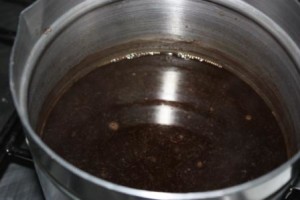
Next comes the filter that looks like a mini-fishnet. Made of cloth, the coffee drains through it like a filter so your grains don’t go to the cup. You pour the coffee through the filter and allow it to drip directly into the cup.


The process isn’t much unlike a mechanical coffee maker except for the fact that the coffee is cooked directly in the water. The water isn’t simply flowing through the coffee and into a pot. Although you do have to be present throughout the whole process.
It is also similar to what we call cowboy coffee or campfire coffee back home. Well, except for the fact that I’m using delicious Brazilian coffee beans. I would imagine it is tastier than most made at campsites. The brewing process results in a much stronger brew. I enjoy it, but I always have it café com leite-style with milk.
The negatives are the clean up. I have to dump out all those grains, scrub the pot, clean the filter contraption well and allow it to dry after I make coffee each morning. I’m starting to get used to it though. I guess in this case I looked at going without the maker as a challenge. Why not enjoy the piece of culture I have for the time being? Even if it does mean an extra 10 minutes of cleanup in the morning.

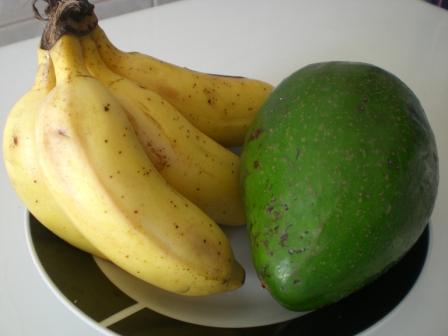
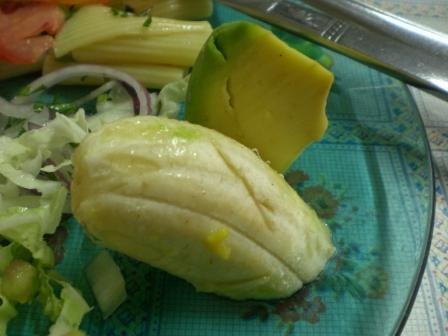
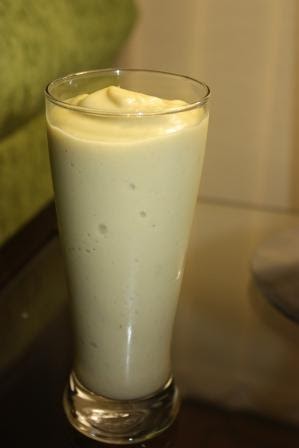
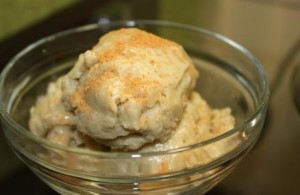
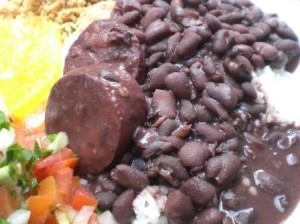
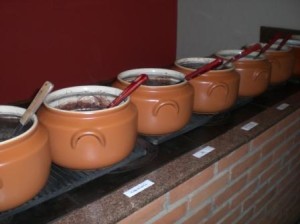
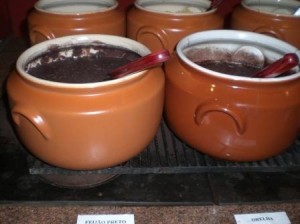
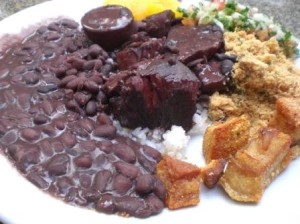
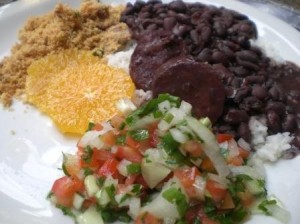
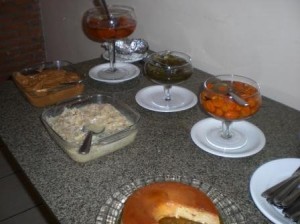
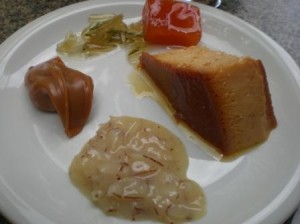
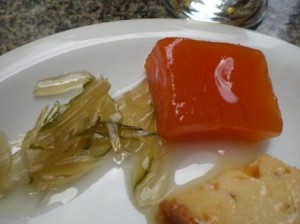
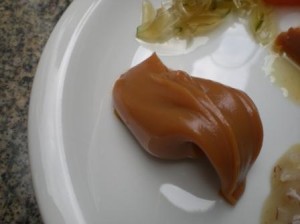

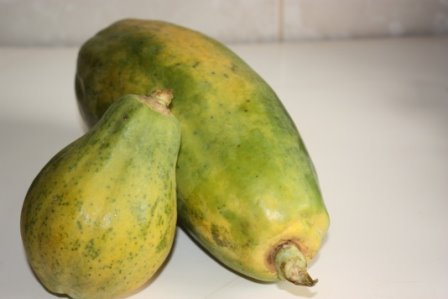
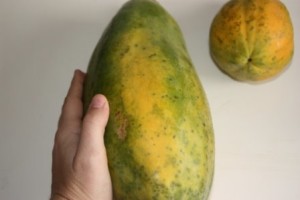

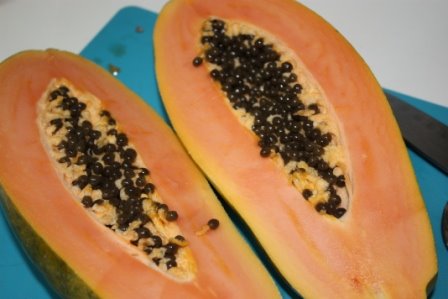
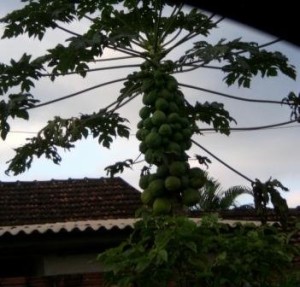
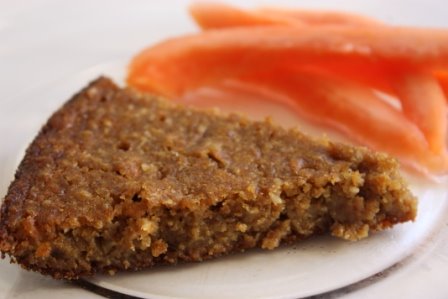
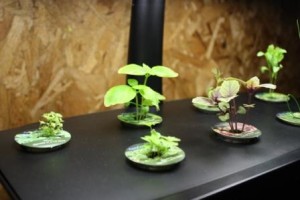

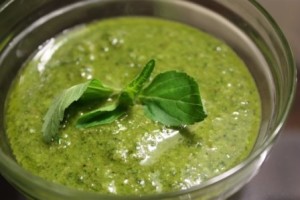

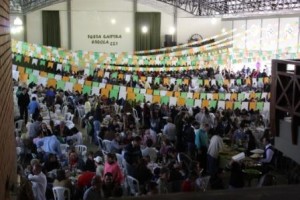
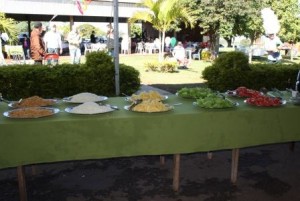
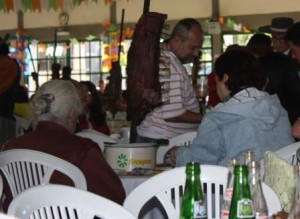
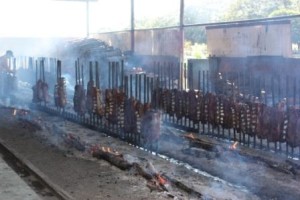
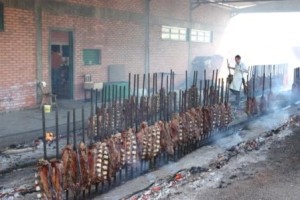
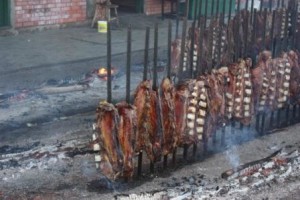
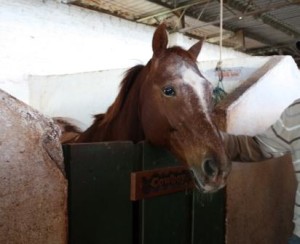 Hanna was my favorite; a sweet girl with her head out of the stall welcoming anyone who passed by to give her a scratch. I couldn’t help but laugh when two young boys walked up to give her hay and started calling her Hannah Montana. Apparently she is popular here too.
Hanna was my favorite; a sweet girl with her head out of the stall welcoming anyone who passed by to give her a scratch. I couldn’t help but laugh when two young boys walked up to give her hay and started calling her Hannah Montana. Apparently she is popular here too.

